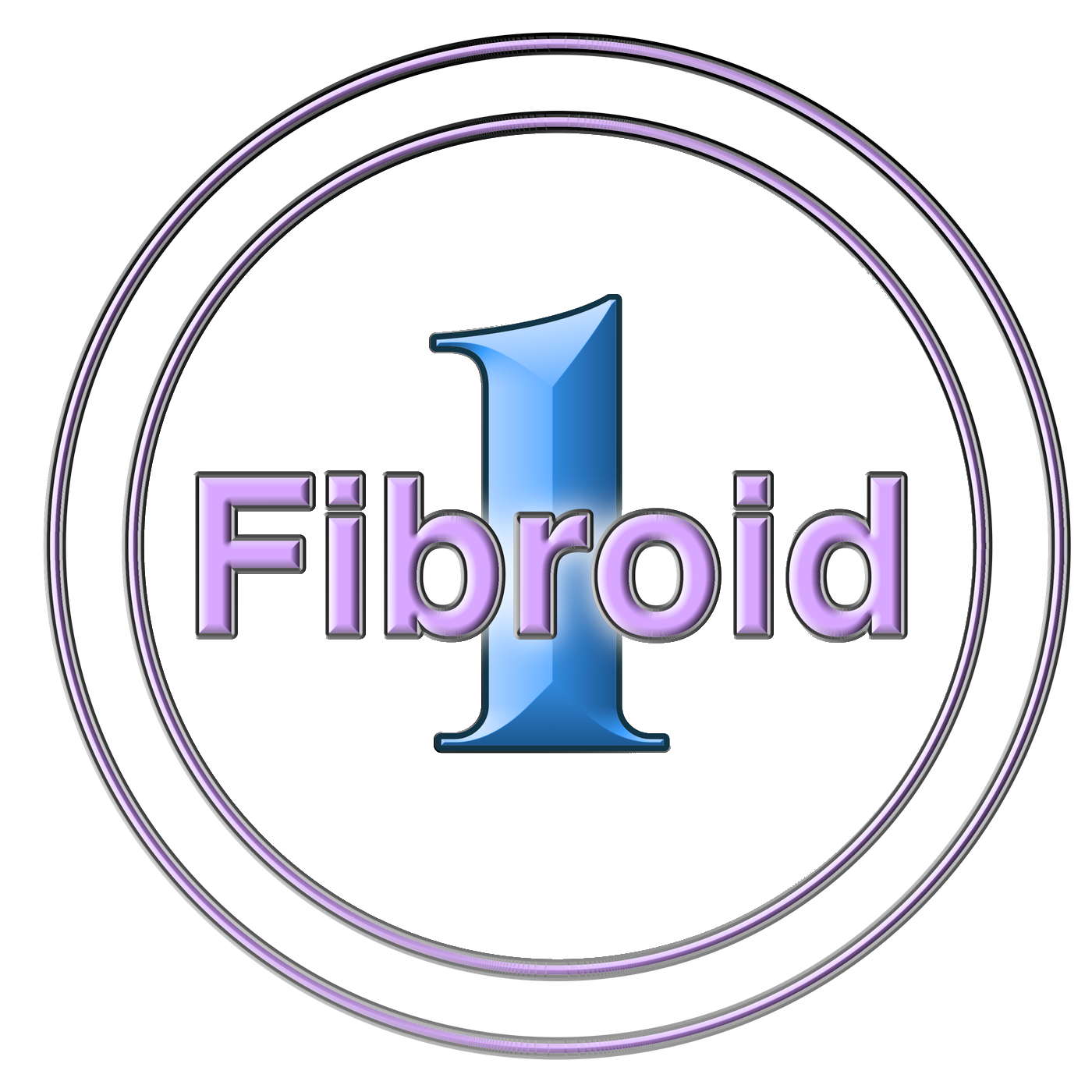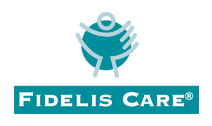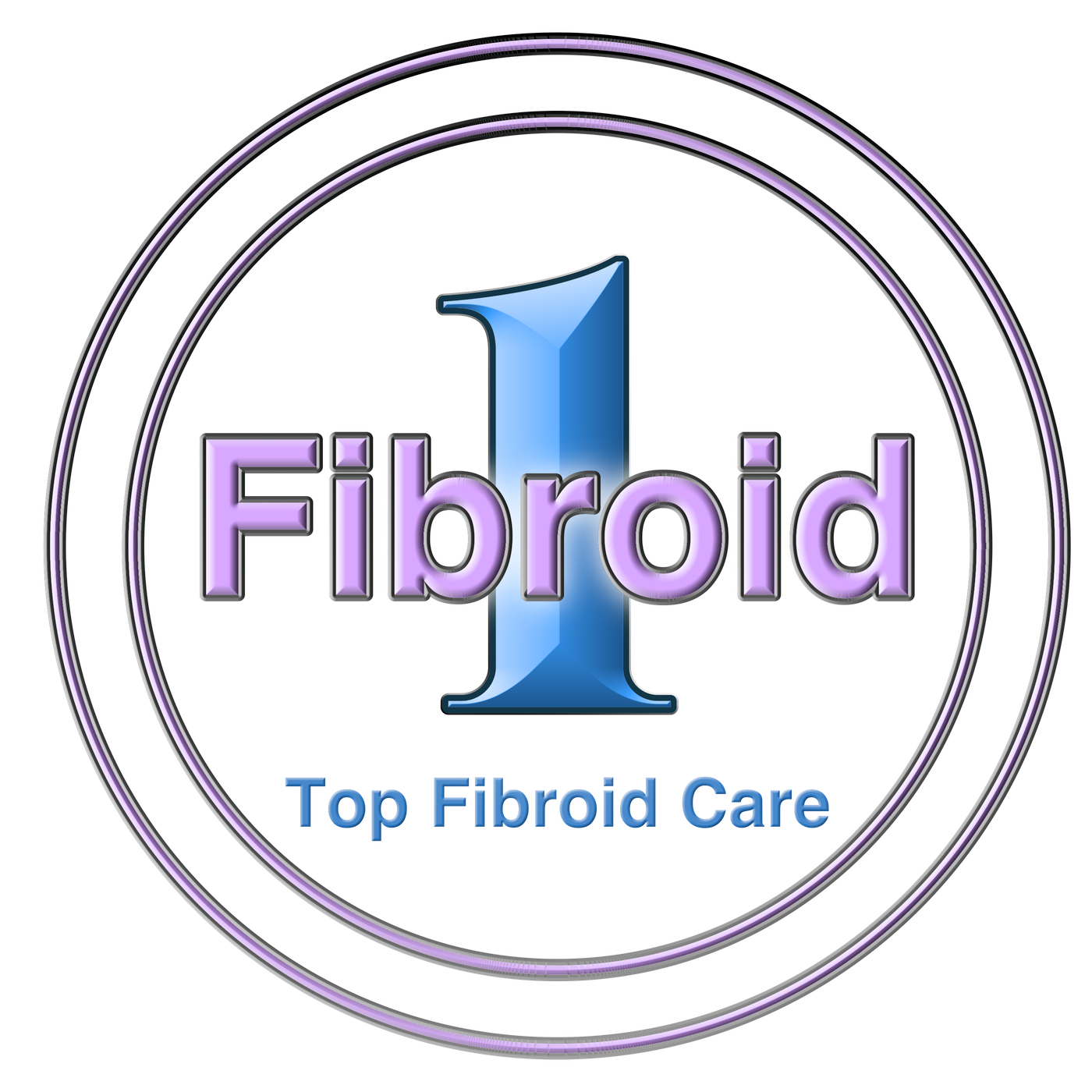Pelvic pain is a complex condition that affects millions of people, particularly women. It can be caused by a variety of factors, including endometriosis, pelvic inflammatory disease, irritable bowel syndrome (IBS), fibroids, and pelvic congestion syndrome, among others. While conventional medical treatments, such as medication and surgery, are often effective, they may not always provide complete relief. For many, alternative and complementary therapies can offer additional ways to manage pain, improve overall well-being, and enhance quality of life. This blog from 1Fibroid in New York explores various alternative and complementary therapies that have been shown to help relieve pelvic pain.
Understanding Alternative and Complementary Therapies
Before diving into specific therapies, it’s important to clarify what is meant by “alternative” and “complementary” therapies. Alternative therapies are treatments used in place of conventional medical practices, while complementary therapies are used alongside conventional treatments. Many individuals benefit from an integrated approach that combines both conventional and alternative therapies to address the physical, emotional, and psychological aspects of chronic pelvic pain.
Acupuncture
How It Works:
Acupuncture is a traditional Chinese medicine practice that involves the insertion of thin needles into specific points on the body. It is believed to work by stimulating nerves, muscles, and connective tissue, which can enhance the body’s natural pain-relieving mechanisms, such as the release of endorphins.
Benefits for Pelvic Pain:
- Reduces Pain and Inflammation: Studies have shown that acupuncture can help decrease chronic pelvic pain, particularly in conditions like endometriosis and chronic pelvic pain syndrome (CPPS).
- Improves Circulation: Improved blood flow can reduce inflammation and promote healing in pelvic tissues.
- Stress Reduction: Acupuncture is also known to reduce stress and anxiety, which can exacerbate pelvic pain.
What to Expect:
During a session, you will lie down while a licensed acupuncturist inserts needles into specific points. Sessions typically last 30-60 minutes and may require multiple visits for optimal results.
Pelvic Floor Physical Therapy
How It Works:
Pelvic floor physical therapy focuses on strengthening and relaxing the pelvic floor muscles, which play a critical role in supporting pelvic organs and controlling functions like urination and sexual activity. Pelvic floor dysfunction can lead to pain, making this therapy a key intervention for many individuals with chronic pelvic pain.
Benefits for Pelvic Pain:
- Muscle Relaxation: Therapists can teach techniques to release tension and strengthen weak muscles, reducing pain and improving function.
- Trigger Point Release: Internal and external massage techniques can help release painful trigger points within the pelvic muscles.
- Postural Training: Improving posture can alleviate pressure on the pelvic area and contribute to pain relief.
What to Expect:
A pelvic floor physical therapist will conduct a comprehensive assessment and develop a tailored treatment plan. This may include exercises, manual therapy, and education on posture and lifestyle modifications.
Herbal Remedies
How They Work:
Herbs have been used for centuries to manage various conditions, including pelvic pain. Certain herbs have anti-inflammatory, antispasmodic, and hormone-balancing properties that can alleviate pain and other symptoms.
Common Herbs for Pelvic Pain:
- Turmeric (Curcuma longa): Known for its anti-inflammatory properties, turmeric may help reduce pain and inflammation.
- Ginger: Ginger has natural anti-inflammatory and analgesic properties, making it effective for managing pain and nausea.
- Cramp Bark (Viburnum opulus): This herb is traditionally used to relieve menstrual cramps and pelvic spasms.
Important Considerations:
Consult a healthcare provider before using herbal remedies, especially if you are pregnant, nursing, or taking other medications, as some herbs may interact with conventional treatments.
Yoga and Stretching Exercises
How It Works:
Yoga combines physical postures, breathing exercises, and meditation to promote relaxation, flexibility, and overall well-being. Gentle yoga poses that focus on the pelvic region can relieve tension, improve blood flow, and reduce pain.
Benefits for Pelvic Pain:
- Reduces Muscle Tension: Yoga stretches help release tension in the pelvic floor, hips, and lower back.
- Promotes Relaxation: Controlled breathing and mindfulness techniques can lower stress and anxiety, which are often linked to chronic pain.
- Improves Posture and Mobility: Many yoga poses target core strength and alignment, reducing strain on the pelvic area.
What to Expect:
Begin with gentle, restorative yoga classes led by an instructor experienced in working with individuals with pelvic pain. Modifications may be necessary to avoid exacerbating pain.
Dietary Modifications
How It Works:
Diet plays a significant role in inflammation, hormone balance, and overall health—all of which can influence pelvic pain. Making strategic dietary changes may reduce pain, bloating, and other symptoms.
Common Dietary Changes for Pelvic Pain:
- Anti-Inflammatory Diet: Focus on whole foods like fruits, vegetables, lean proteins, nuts, seeds, and omega-3 fatty acids to reduce inflammation.
- Elimination Diets: Identifying and eliminating food triggers such as gluten, dairy, sugar, or processed foods may help reduce pain, especially if linked to inflammatory conditions or sensitivities.
- Probiotic-Rich Foods: Probiotics can promote gut health, which may play a role in pelvic pain conditions such as irritable bowel syndrome (IBS).
What to Expect:
Work with a nutritionist or healthcare provider to create a personalized dietary plan. Gradually introduce changes to assess their impact on symptoms.
Heat Therapy
How It Works:
Heat therapy, such as warm baths, heating pads, or warm compresses, can be used to relieve pelvic pain by relaxing muscles, improving blood flow, and reducing stiffness.
Benefits for Pelvic Pain:
- Muscle Relaxation: Heat helps soothe tense muscles and ease cramping.
- Pain Reduction: Improved circulation reduces pain by delivering more oxygen and nutrients to affected areas.
What to Expect:
Apply heat for 15-20 minutes at a time. Be cautious to avoid burns and ensure that the temperature is comfortable.
Chiropractic Care
How It Works:
Chiropractic care focuses on spinal alignment and its influence on the nervous system. Misalignment in the spine and pelvis can contribute to muscle tension and pelvic pain.
Benefits for Pelvic Pain:
- Alignment Correction: Chiropractic adjustments may relieve pressure on nerves that contribute to pain.
- Muscle Tension Relief: Manual adjustments and targeted therapy can alleviate muscle tightness.
What to Expect:
A chiropractor will conduct an assessment to determine the best course of treatment. Care typically involves adjustments, manual therapy, and sometimes exercises.
A Holistic Approach to Pelvic Pain
Managing pelvic pain often requires a multi-faceted approach. Alternative and complementary therapies offer hope and relief by addressing not only the physical symptoms but also the emotional and psychological toll of chronic pain. If you’re considering incorporating any of these therapies, it’s important to work with a healthcare provider to develop a comprehensive treatment plan tailored to your unique needs. With patience, many people find significant relief and a renewed sense of control over their lives.
1Fibroid Is Here To Support You
If you are living with uterine fibroids and curious about UFE and nonsurgical alternatives to fibroid treatment, consider 1Fibroid. 1Fibroid is based in New York, with locations in both Manhattan and Queens. We are committed to women’s care and offer non-invasive options such as medication, hormone therapy, and UFE procedures. If you’re ready to live life without the symptoms of fibroids, call us today at 212-991-9991.












